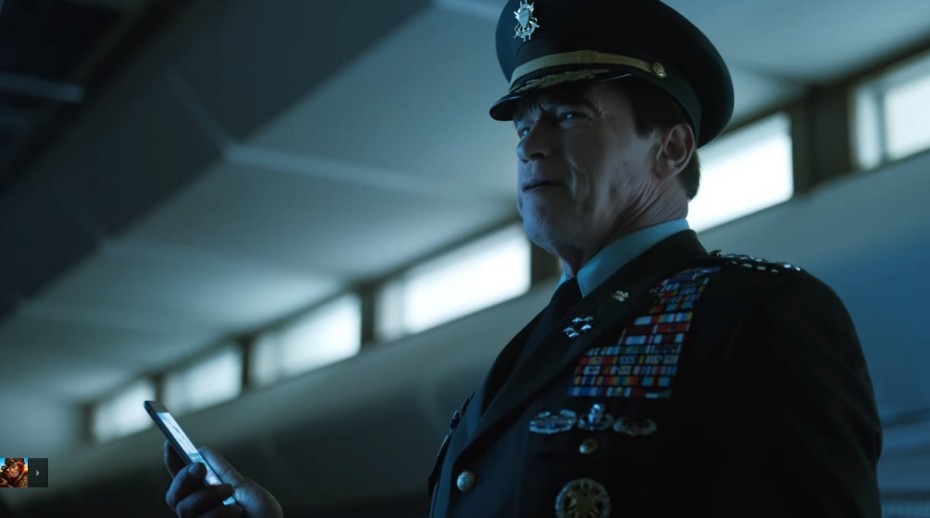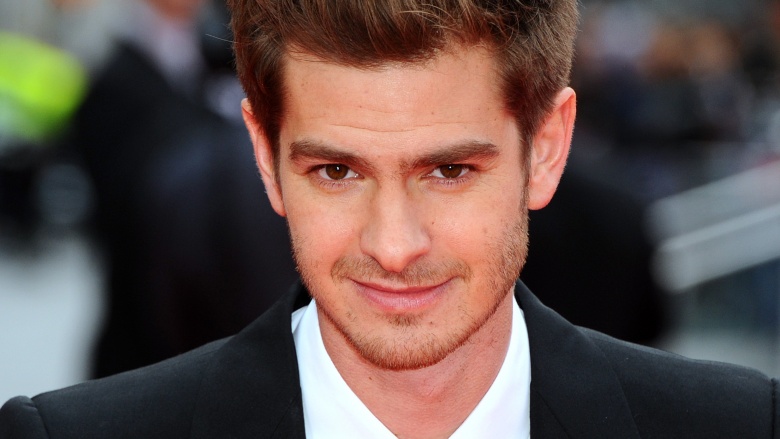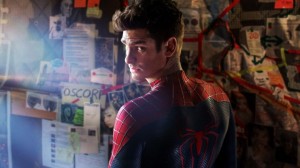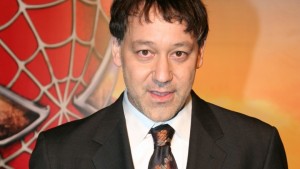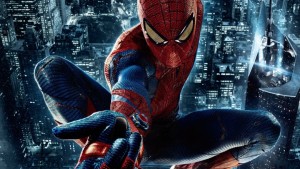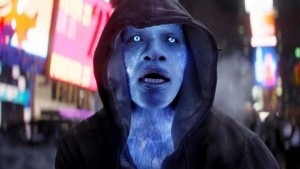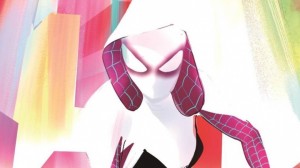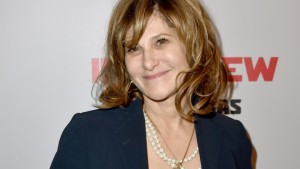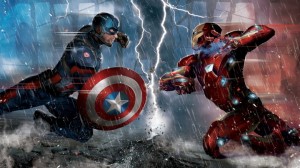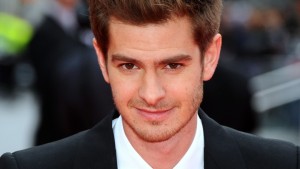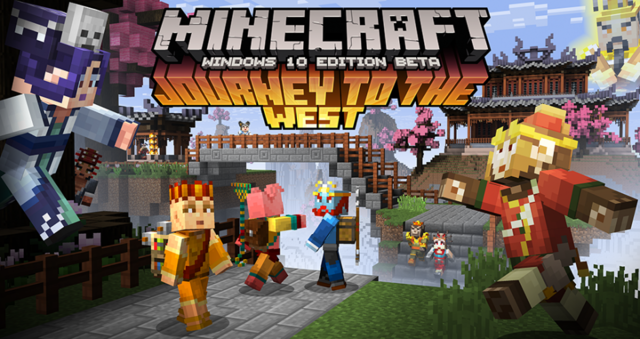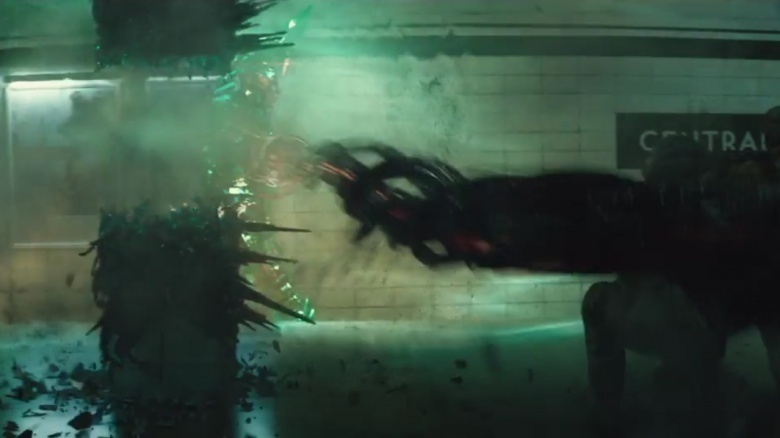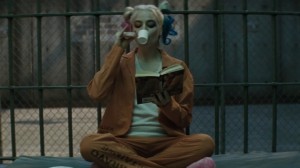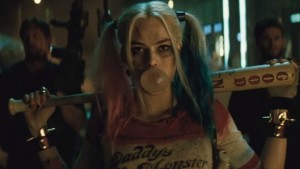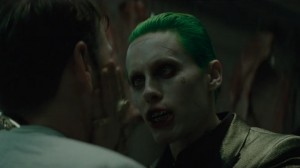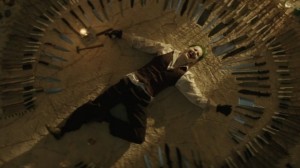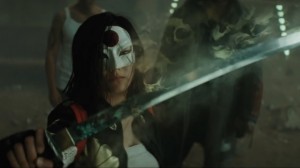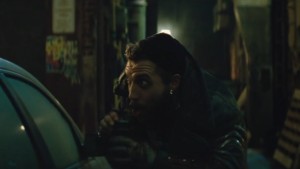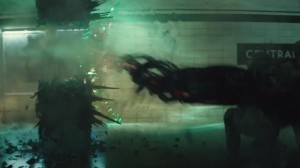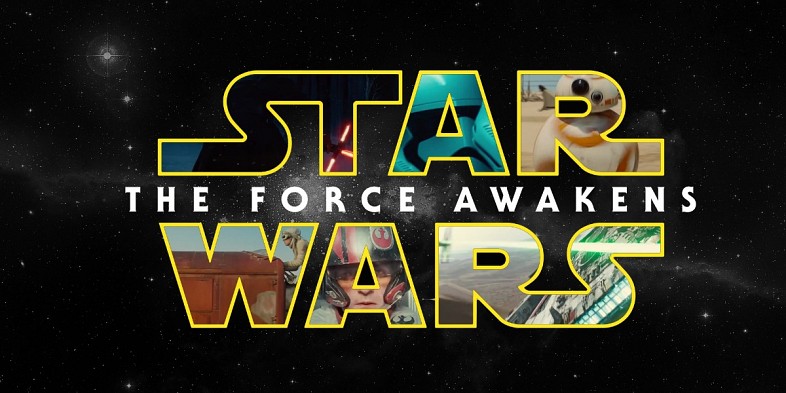
Just before Halloween 2012, The Walt Disney Company made an announcement that shook Hollywood and fanboys all over the world: it had purchased George Lucas’s production company, Lucasfilm – along with the highly lucrative
Star Wars and
Indiana Jones properties that it owned – for the unbelievable sum of $4.05 billion.
The move made perfect sense on Disney’s end. Bob Iger, who has been the chairman and CEO of the company since 2005, has been on the singular quest to expand the roster of intellectual properties that it owns, given the growing pop-cultural irrelevance of Walt’s personal creations from the 1920s and the exploding popularity of newer brands. He wasted no time in the effort, scooping up Pixar in 2006 and Marvel Entertainment in ’09 before moving in on Lucas’s blockbuster territory. With some 10,000 additional characters now added to the Disney roster, it has more than enough material for future films, television series, comic books, stage shows, merchandising, and – most profitably of all – theme park and cruise-line attractions.
There’s been a pretty substantial effect on Star Wars’s end, too; literally from day one of the deal, Disney has moved to change the status quo of that galaxy far, far away in ways both big and small. Indeed, only three years later, the effect is a profound one – and it only looks to grow at an exponential rate in the future.
With less than a month(!) before Star Wars: Episode VII – The Force Awakens releases, it’s instructive and not a little enlightening to take a look back at how the balance of the Force has been changed. Join us, then, as we take stock of the 10 Biggest Changes Disney Has Made to Star Wars.
THE NEW TRILOGY (OR TWO)

The very first alternation The Disney Company made to George Lucas’s brainchild is, actually, one of the biggest and most important: the creation of a brand-new trilogy of films.
To understand the magnitude of such a development, a quick historical detour is in order. Literally right in the middle of creating the original trilogy (that’s Episodes IV through VI) back in the late 1970s, Lucas roughly sketched out a sweeping series of movies that would both move backward and forward in time; the prequels (Episodes I through III) would dramatize the complex backstory he had created, while the sequels (Episodes VII through IX) would chart out an uncertain future for all of his characters.
Except, the writer-director had a massive change of heart (as has been his wont for nearly all of his filmmaking career) and declared, right before the 1999 release of Episode I: The Phantom Menace, that the sequel trilogy was now narratively unnecessary – his story ends with the death of Anakin Skywalker at the close of Episode VI: Return of the Jedi. Fans slowly made peace with the fact that their favorite movie franchise of all time was suddenly cut short – until Disney entered the picture, that is, and resurrected those plans.
What’s more, the company’s furiously been hinting that, perhaps, 2019’s Episode IX may not be the end of the cinematic road, either; a fourth trilogy (Episodes X through XII) is likely to be in the cards, should these new installments prove lucrative enough. Although Lucas has, at one distant point, mentioned the possibility of a fourth set of films, it was more an abstract rumination than a concrete plan. And while he did end up scribbling down some notes for the upcoming sequel trilogy to bump up the price of the Disney sale, he’s never once put pencil to paper for anything beyond this current set of movies.
THE “ANTHOLOGY” FILMS

The next announcement from the Mouse House was equally as galaxy-shattering as the sudden appearance of Episode VII: an additional set of three films, loosely referred to as the Star Wars Anthologies, which would be standalone in nature and which would cover facets of the SW galaxy beyond the strict purview of the Skywalker family.
It’s a move that’s very telling of Disney’s mindset. Whereas Lucas took three years in between movie entries, Disney has mandated only two – and even these “off” years need to have brand-new content to keep fans interested and the merchandising afloat. This is where the Anthologies come into play, and this is how Disney will be able to pull off a new big-screen release each and every year from 2015 to 2020 – and, possibly, beyond.
What, exactly, are the premises of these spinoffs? 2016’s Rogue One depicts the Rebels’ stealing of the Death Star plans right before Episode IV: A New Hope; the untitled young Han Solo movie, set to be released in 2018 follows, well, a young Han; and Boba Fett’s installment, looking to see the light of day in 2020, looks to be a bounty-hunter-fueled adventure story. (Are these premises not original enough? It’s an interesting question, and one we wrestle with right here.)
PRESSING RESET ON THE TELEVISION FRONT

Although the Star Wars cinematic outings were canceled by George Lucas, that still left the medium of television wide open for future cultivation – particularly in animation, an area which Lucasfilm had no corporate experience with whatsoever. This gave birth to The Clone Wars, which loosely explored the three-year gap in between Episodes II and III and which was in its fifth season when the Disney deal went through, and Detours, a comedy sketch show overseen by Seth Green, which was already in production and moving closer to an air date. There was even an untitled live-action series that would have been an adult-oriented exploration of the various crime families in the SW galaxy, though it had been indefinitely shelved by Lucas by October 2012.
The Disney Company moved quickly to pull the plug on all these projects, stating that it wanted any new productions to be under the direction of the new Lucasfilm leadership team (and to tie into the upcoming films, even if loosely). Clone Wars received a truncated, Netflix-only sixth season – just to try and wrap up some of its myriad story threads – and was replaced on the air by Rebels, a new show that exchanged the prequels for the original trilogy in both tone and setting.
As of right now, Disney has said it’s “reevaluating” both Detours, specifically, and the concept of a big-budget, live-action series, generally. Given the rumors of several possible Star Wars Netflix shows, perhaps they will finally come to fruition on the streaming service.
SHUTTING DOWN LUCASARTS

LucasArts, the videogame division of George Lucas’s multimedia empire, was, at one point in its 31-year history, considered to be at the pinnacle of game development, having produced the likes of Maniac Mansion, The Secret of Monkey Island, and Grim Fandango. Then it got buried under a never-ending tidal wave of Star Wars titles – though some, such as TIE Fighter and, more recently, The Force Unleashed, were quite good – and became the victim of a wanton corporate leadership, headed by Lucas himself. The result was, essentially, a hollowed-out developer.
So hollow, in fact, that Disney apparently never seriously considered keeping the company around as anything other than a name – it was deemed to be more profitable to license LucasArts’s SW products out to other publishers than to continue to invest several millions of dollars into each new, probably-poorly-reviewed game. This month’s Star Wars: Battlefront (read our review here) was the first release of a new 10-year deal with Electronic Arts on the console/PC side of the equation, and on the mobile side, developer Kabam has already provided Star Wars: Uprising. Both have at least certain elements that help fill in the 30-year backstory between Return of the Jedi and The Force Awakens.
PURGING – AND RESTARTING – THE EXPANDED UNIVERSE

It had all started innocently enough: a publisher wrote Lucasfilm in the late ‘80s asking for its permission to license a trilogy of books set after Episode VI, thinking it would be a best-seller. It had no idea. Since the 1991 release of Timothy Zahn’s Star Wars: Heir to the Empire, an entire sub-industry of literally several hundred novels, comic books, short stories, videogames and action figures has flooded store shelves.
Right from day one, the new leadership at Lucasfilm knew it wanted to handle this so-called Star WarsExpanded Universe in a decidedly different way. After several months’ worth of preparatory steps, it finally pulled the trigger on what could arguably be called the single biggest shakeup in the franchise’s history – the wiping out of the EU’s convoluted (and occasionally contradictory) continuity and starting anew, with a completely blank canvas in front of it and a whole lot of experience behind it.
Although (unsurprisingly) controversial, the move has allowed Lucasfilm to synthesize the elements of both trilogies together – which was impossible prior to the prequels’ 1999 debut, of course – but also, perhaps more importantly, to drop in clues to the future story that the new sequels and Anthologies will unleash on audiences starting next month.
CREATION OF THE LUCASFILM STORY GROUP

Just in case rebooting the Expanded Universe wasn’t drastic enough, Lucasfilm and Disney have added another wrinkle to the narrative formula, something which has never before been attempted in Star Wars’s 38-year history: unified storytelling.
The Lucasfilm Story Group is an advisory body that consists of several different individuals, ranging from the long-time keepers of the most obscure SW continuity to the company’s brand-new management team. Its singular job is to assist whatever writer, editor, or director is toiling away on a new chapter of the suddenly-overarching mythos, whether that be a new novel, comic, videogame, or, even, one of the new films. In this way, everything is interconnected, fully canon, and, hopefully, cogent (as opposed to the schizophrenic mess that largely defined the EU’s original iteration) – as Lucasfilm itself has noted, every single release potentially marks a new fan’s entry into the teeming universe that is Star Wars, and the Story Group wants to ensure that each experience is “meaningful.”
THE CHANGING OF THE COMIC BOOK GUARD

Dark Horse Comics, which has long been associated with licensed titles, made a mark for itself in 1991 when it released the four-issue Dark Empire miniseries, a storyline that was not only set after the original trilogy, but that was also tied into Zahn’s new Heir to the Empire novel that had released only six months previously. In one stroke, the company had essentially created the Expanded Universe and simultaneously ensured that it would be able to continuously publish Star Wars comics for the next 23 years.
Keeping all facets of SW’s development in-house was a major priority for The Walt Disney Company, however, and just as The Clone Wars on Cartoon Network (which is owned by rival Warner Bros.) was axed in favor of Rebels on Disney XD, the comic book license was pulled from Dark Horse and instead given over to Marvel, another one of Disney’s many corporate subsidiaries.
It should be noted that the move is actually something of a homecoming, as Marvel was the very first company to publish stories set in George Lucas’s universe all the way back in 1977, when A New Hopefirst came out. Isn’t it ironic, don’t you think?
THE DIGITAL EDITIONS OF THE FILMS

In addition to the never-ending flow of merchandise and the Expanded Universe, Star Wars has long been dominated by the constant re-releases of the movies on various home media, from VHS to LaserDisc to DVD and Blu-ray. Most of these saw different packing, assorted special features (which were, back in the late ‘80s and early ‘90s, short interviews with Lucas that would introduce each of the original films), and various marketing efforts, making SW the first – if not the only – series for most consumers to purchase on multiple occasions across multiple years.
Disney has similarly jumped on the bandwagon, releasing a digital version of all six movies (replete with new bonus features!) on April 10, 2015. Beyond simply maintaining tradition, the new (re)release is noteworthy for what Disney didn’t do – continue to tweak with the actual content of the movies, a Pandora’s Box Lucas himself had opened with the 1997 Special Editions of the original trilogy and which had never managed to be closed until Disney’s ownership; even the recent Blu-ray release in 2011 saw a plethora of (admittedly minor) edits, from the addition of new background elements to the (slight) re-editing of specific scenes.
FORCE FRIDAY

It has been estimated that Star Wars has raked in somewhere around $38 billion from the first film’s release in May 1977 to Lucas’s handing of his company over in October 2012. At least $975 million of that has come from its myriad and copious merchandising, ranging from bed sheets to fruit snacks to the now-ubiquitous action figures and Lego sets.
What’s even more staggering is just how much more money the brand has made under Disney’s watchful eye; already, just three years after the deal, the company has made back all $4 billion of its investment – and The Force Awakens has yet to even hit theaters. This has been accomplished by expanding the Force-powered wares available (a trip to your local Target will yield at least a few Star Wars items in nearly every single department) and, much more significantly, by rewriting the marketing book in the build-up to Episode VII. The epitome of this approach was seen on September 4, 2015 – called “Force Friday” – when the first Force Awakens-related materials (from novels to toys to Halloween costumes) went on sale. The day essentially functioned as a Star Wars-only Black Friday.
Needless to say, Hollywood marketing will never be the same again.
STAR WARS LAND

The Disney Company has long held Star Wars-themed experiences in its various parks around the world; the motion-simulator Star Tours originally opened in Disneyland in the distant year of 1987. Still, the property holds more than enough material to furnish an entire theme park out of, let alone a handful of attractions, and while George Lucas could never come to an agreement with Disney Parks and Resorts’s management (he wanted to spend more money on the rides’ technology and theming, whereas the previous executives wanted to simply coast on the franchise’s very long coattails to maximize profit), all that has now been rendered irrelevant.
The result is a full-fledged Star Wars Land that is currently scheduled to go into Disneyland in Anaheim and Hollywood Studios (one of four parks at Walt Disney World) in Orlando. Revolving around a brand-new, never-before-seen planet in the Star Wars lore, guests will be able to hop aboard the Millennium Falcon and interact with an assortment of aliens once it opens. The only downside? Construction doesn’t start until next year, and the land won’t debut until sometime around 2021.
In the meantime, however, Star Wars theme park fans can experience “Season of the Force” at both Disneyland and Disney World Resorts. The marketing tie-in with The Force Awakens consists of exclusive food and beverages, character meet-‘n-greets, and a special overlay of Space Mountain (in California) and a fireworks show (in Florida). The event runs from now until the end of January.
CONCLUSION

Do you like the new direction that Disney has put Lucasfilm – and all of Star Wars – down? Are there other alterations that you think are more important to make? Let all the galactic citizens know in the comments below.
